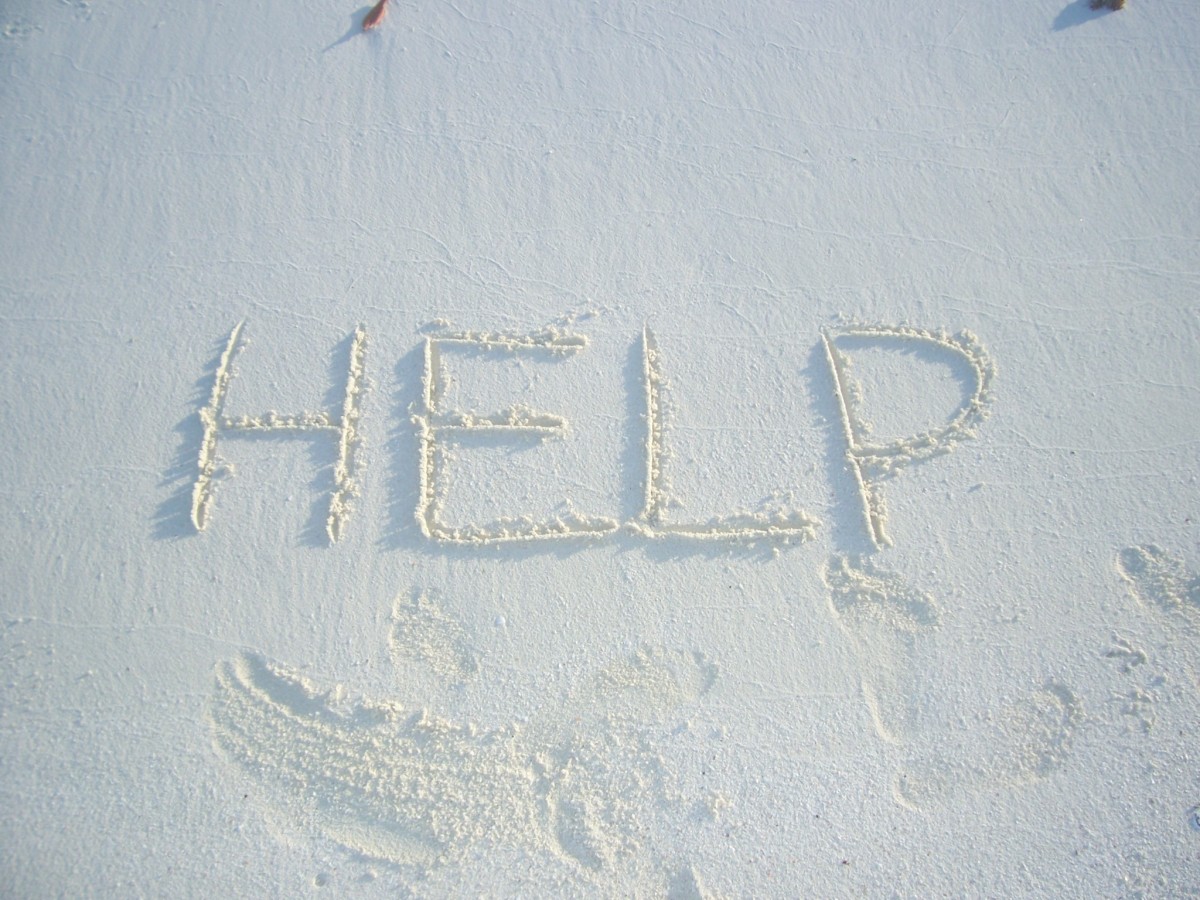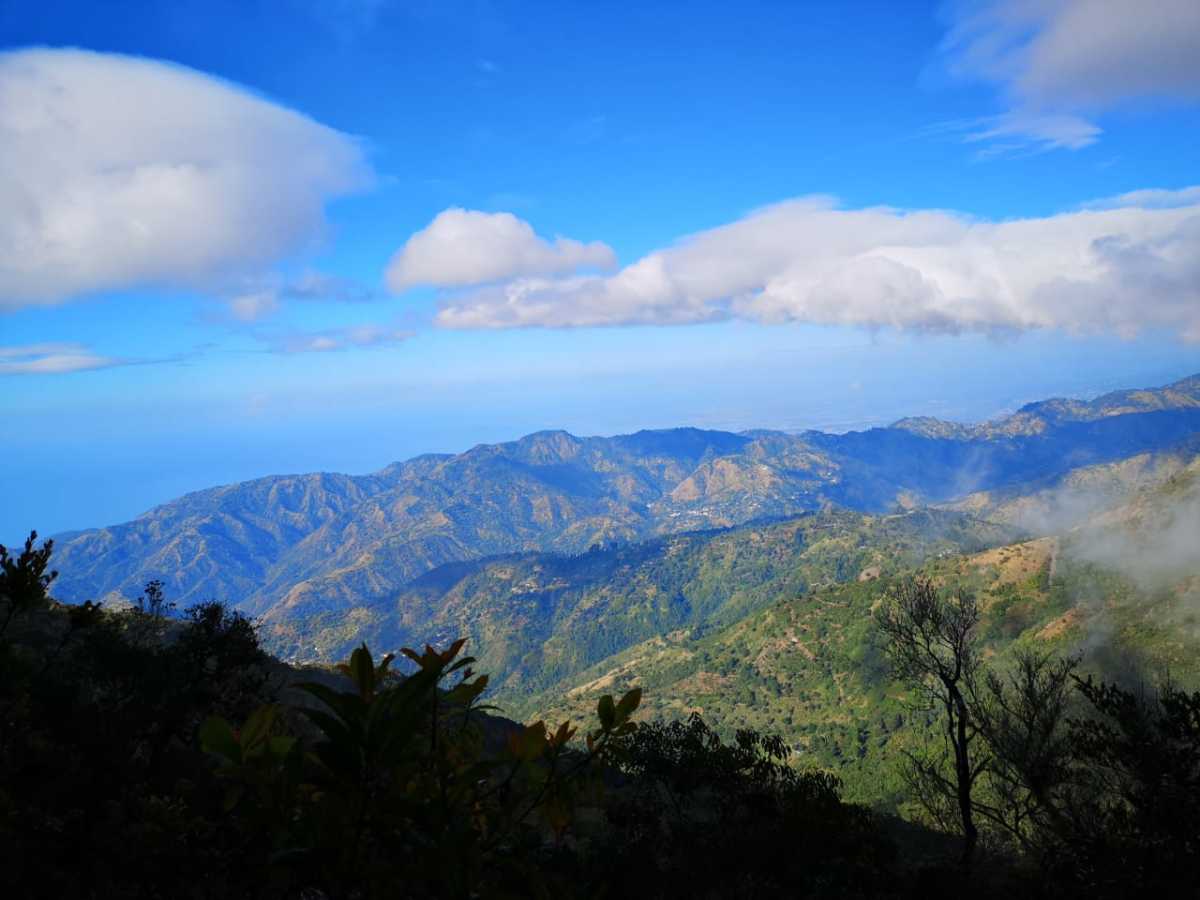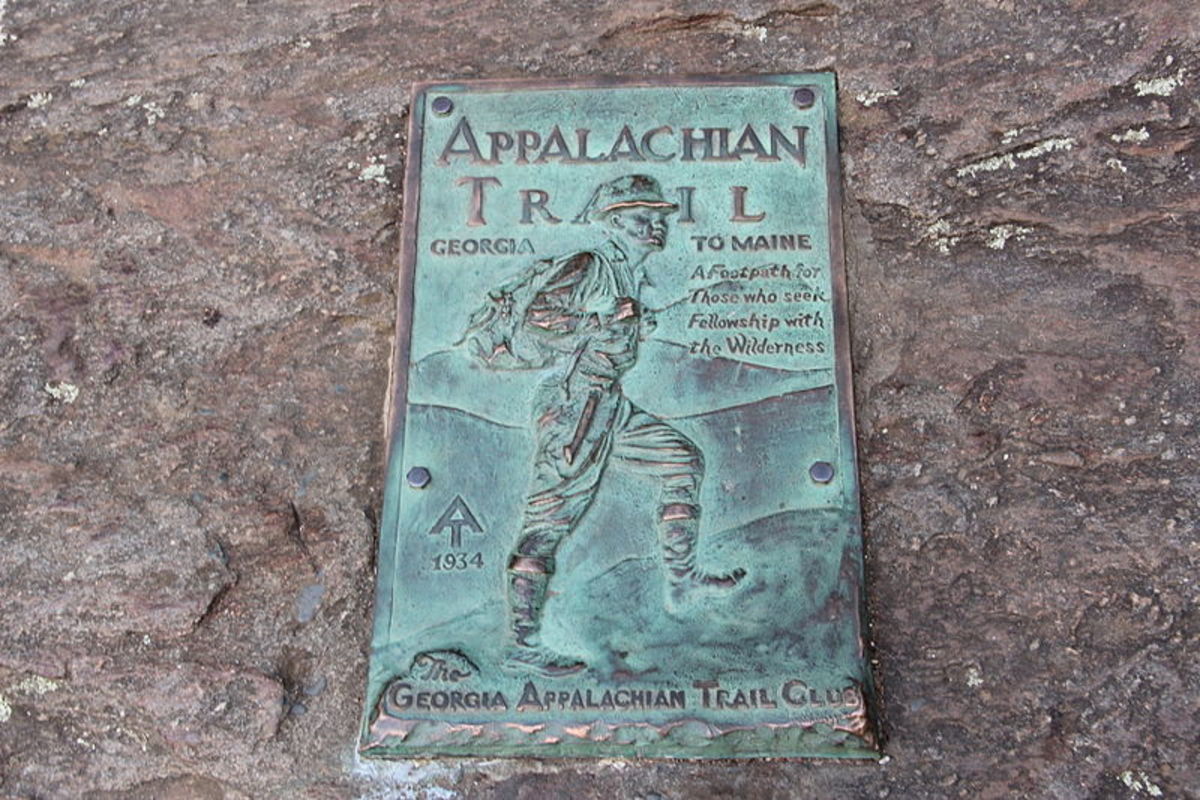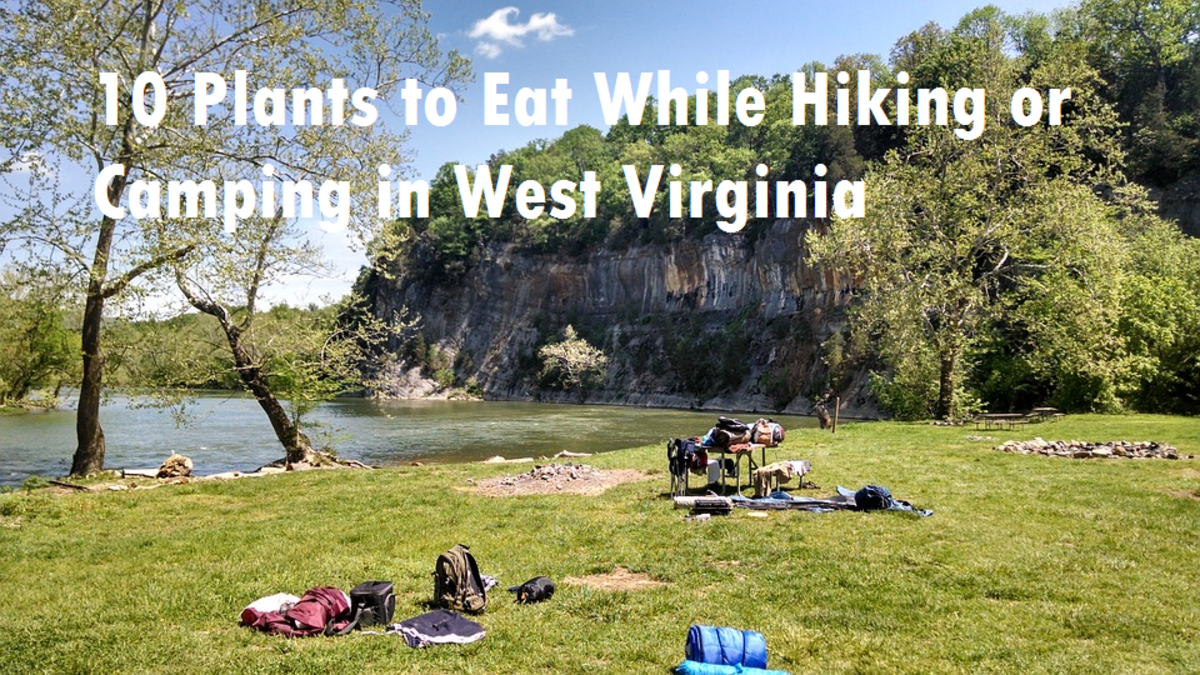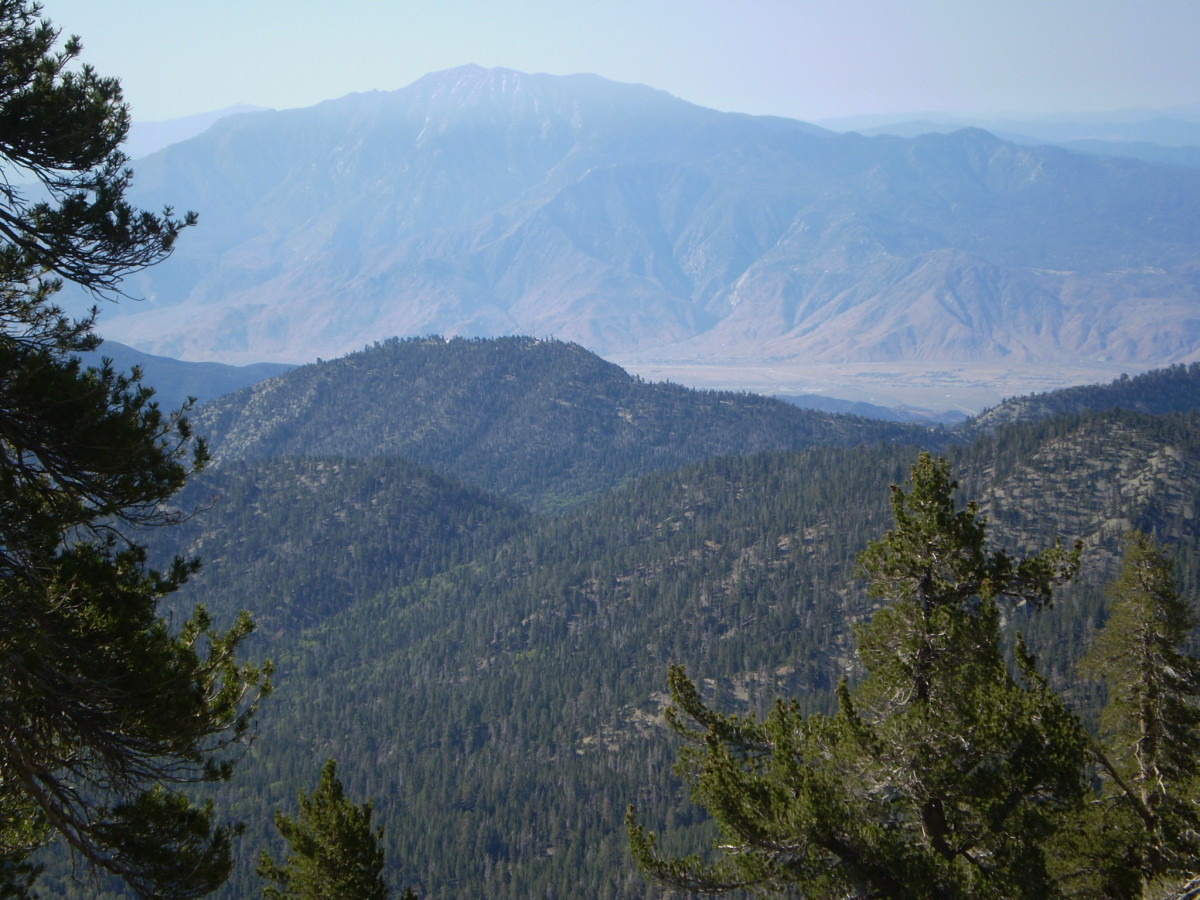Mountain Hiking Safety Tips
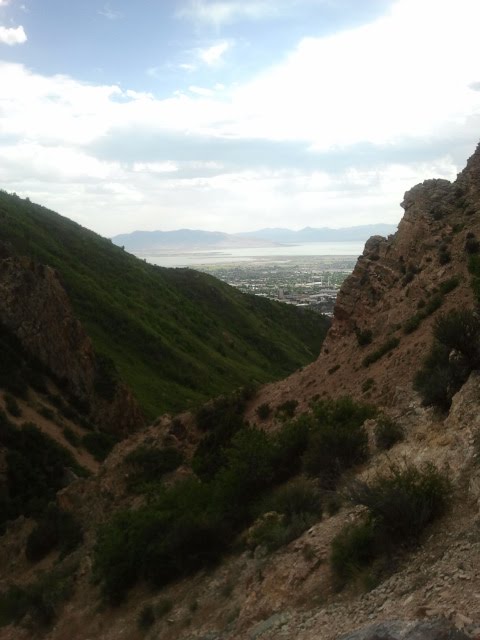
Hiking is an enjoyable, healthy activity that can be enjoyed by those of all ages. However, like many outdoor activities, it can pose a significant danger. Mountain hiking can be even more dangerous and require extra safety precautions that a low-level or flat-land hiker may not take into consideration.
I live at the base of a mountain range and moved there after spending my entire life in extremely flat areas. I love the outdoors, and was excited to hike and explore the beautiful peaks and valleys the Wasatch Mountain Range had provided for me just outside my door. I dove straight in, without any consideration to keeping myself safe.
Looking back, I'm extremely lucky I didn't suffer any injuries and now I hike in a much more safe fashion, with respect for my surroundings and for myself. Here's a list of my mountain hiking safety tips:
Planning a Hike
The first rule any outdoor enthusiast should have committed to heart is the rule of planning. Always plan your hikes well in advance. Never, ever go straight into a hike in the mountains without being able to answer the following questions:
- Where exactly am I going?
- How long will this hike take?
- What is the terrain like?
- How high up will I be?
- What is the weather going to be like?
- Are there any particularly dangerous trails or paths?
- Who is going with me?
- Have I hiked this area before, or have any of my companions hiked this area?
- Who is staying behind, but knows where I am going?
- What do I need to take?
This short list of questions can sometimes be the vital link between a safe, enjoyable hike and one that ends with severe injury or even death. Make a plan and stick to it. A friend of mine nearly lost her life when she decided to summit a very formidable mountain with a group of teenage boys in the middle of the night in order to see the sunrise.
She made several mistakes: She didn't know her surroundings ahead of time and was surprised by dangerous patches of ice and snow. Her companions were inexperienced and so was she. She didn't know how long the hike would take, and the group found themselves trapped on the mountain for over twenty four hours without adequate food, water or clothing.
Do NOT be impulsive. Forget your "it can't happen to me mentality" and don't let an enjoyable afternoon turn into a nightmare.
Did You Know?
Rock climbing results in about 3 and a half deaths a year.
Hiking Supplies
Going on a hike without packing the proper supplies is like going to school without a pencil and paper-- it doesn't work and nothing good is going to come of it. Be aware of the weather and height of the mountains you plan to hike, and pack and wear appropriate clothing. The following is a list of what I usually bring in a backpack with a buckle across the chest for added support:
- 36 oz of water- at the very least. A 16 oz water bottle isn't going to cut it.
- Sunblock and bug spray
- First-aid kit
- Cellphone
- Map
- Sunglasses and prescription glasses if you are wearing contacts
- Healthy snacks
- Extra pair of socks and shoes
- Poncho, parka or umbrella (although I've never seen anyone hike with an umbrella before)
- An extra jacket
- A hat
- A flare
- Notebook and pen
- Identification
- Bear spray or mace, depending on wildlife
- Whistle
- Pocket Knife
- Short length of rope
- Compass
There are countless other things you may think of or need to add, based on where you are hiking and for how long, but the basics are a must-have at all times to ensure that you stay safe while hiking.
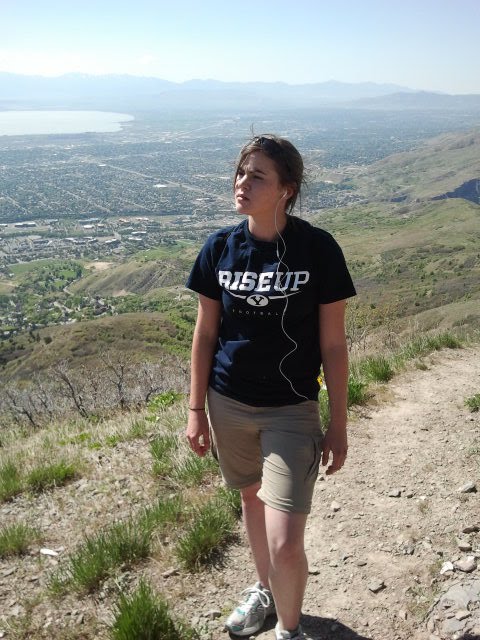
Just Before You Go on a Hike
There are two very important things you should do before you leave for your hike in the mountains:
- Tell someone where you are going, how long you will be gone and provide them with emergency contact information.
- Go over your plan with your hiking buddies.
Never, ever hike alone. I cannot stress this enough and I don't care what your excuse is: Never, Ever Hike Alone. It's also unwise to not notify friends or family of your planned trip. If something goes wrong and they have no idea what you're doing or where you are or planned to be, they can't do anything to help you.
During Your Hike
During your hike, stick to your plan. Do not deviate wildly and most importantly, do not leave any marked trails you may be following! It is extremely unwise to be a Little Red Riding Hood out in foreign mountains. You may not get eaten by a wolf, but you can easily fall to your death.
One of the stupidest mistakes I ever made was leaving the trail. On one particular hike to a peak, my friend and I left the trail and proceeded to climb hundreds of feet up a steep slope-- on loose, tumbling rocks. We were exhausted as we neared the top, and the steep incline left us in incredible danger. We went into full-on panic when my mother happened to text me, informing me that a fellow college student had just fallen to his death on the other side of the very mountain I was climbing, after he left the trail.
Moral of the story: don't do it. Nothing good ever comes of leaving a designated path. The safety of the path has already been established. The same cannot be said of the uncharted path you may be tempted to explore.
If something bad does happen, or an accident occurs, it's important you stay calm and assess the situation. Contact local emergency crews if needed. If you don't have cell service, hopefully you packed a flare (see list above) and can set it off in an effort to notify those who are in a position to help you.
A Safe Hike is a Good Hike
Don't be foolish. Most hiking deaths are a result of poor planning and a lack of proper care. Plan your hikes, inform those around you of your plans, take a few trusted friends and stick to that plan. It's not guaranteed that an accident won't happen, but you greatly reduce your risk of running into a problem and increase the chances of having a successful, enjoyable hike through the mountains.


